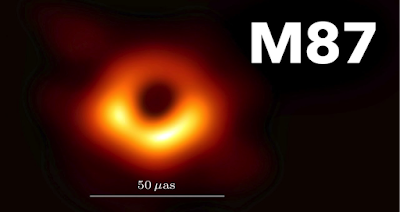January 26th, 2020
By: Haris Ahmad[1]
The Solar system is the gravitationally bound planetary
system of the Sun and the objects orbiting it. There are 8 planets that orbit
the Sun excluding the dwarf planets. Due to the large distances from the Sun
and different compositions, many planets are significantly different from each
other in many aspects. The Inner planets are Mercury, Venus, Earth, and Mars.
Mercury: This planet is the closest to the Sun in the whole Solar System being 57
million km away from it. It actually lacks an atmosphere. This means that
there is no shield protecting the planet from intense cosmic radiation.
Due to the fact that this planet has no atmosphere, cosmic
rays and micrometeorites hit the surface of the planet, ejecting atoms off the
rocks creating and an exosphere made of ionized particles and dust. So,
when the solar winds interact with this planet’s magnetic field, it forms
plasma tornadoes that bring hot winds to the surface. Temperatures on this
planet reach up to 427 degrees Celsius. This planet is clearly not the right
place for humans to live in.
Venus: This planet is the second closest to the Sun is 108 million km away
from it. It has an extremely thick atmosphere made up of carbon dioxide and
pockets of sulfuric acid clouds. This creates a dense atmosphere with about 90
times more pressure than on Earth.
 |
| Image Source: https://en.wikipedia.org/wiki/Venus |
This planet is the exact example of what can happen to Earth
due to global warming. The thick carbon dioxide atmosphere doesn’t let the heat
from the Sun escape and the surface temperatures can rise till 462 degrees
Celsius. The high levels of clouds experience winds over 354 km, and the
lightning in the atmosphere lights up the murky sky in the clouds.
Earth: This planet is what we call home. It is 149 million km away from the
Sun. It has an atmosphere, which contains 78% Nitrogen, 21% Oxygen, 0.97% Argon
and Carbon dioxide, 0.04% trace amounts of other gases, and water vapor. This
mixture of gases is commonly known as air.
 |
| Image Source: https://en.wikipedia.org/wiki/Earth |
This atmosphere protects life on this planet by absorbing the
UV solar radiation and reducing temperatures between day and night.
Mars: This planet is also known as the dead planet. It is 227 million km away
from the Sun. Mars also rotates around the Sun in a tilted motion and so, it
has seasons. On this planet, the daytime temperatures can reach up to 26 degrees
Celsius, which doesn’t seem bad at all. But, due to the fact that this planet
has an extremely thin atmosphere, approximately 100 times less thick than
Earth’s atmosphere.
As this planet has no atmosphere to trap the heat,
temperatures quickly drop at night, falling as low as –128 degrees Celsius.
Every planet in the Solar system has its own composition of
elements and atmospheric conditions. In this vast variety, some conditions can
sustain life. Sadly, we humans are destroying ourselves and are making our
planet inhabitable. I said this before and am saying this again that if we
don’t take climate change and global warming seriously, Earth will end up like
Venus, a dead planet with unbearable conditions for humans to live in. Save
Earth before it’s too late. I will cover the outer planets of the Solar system
in the next blog.








